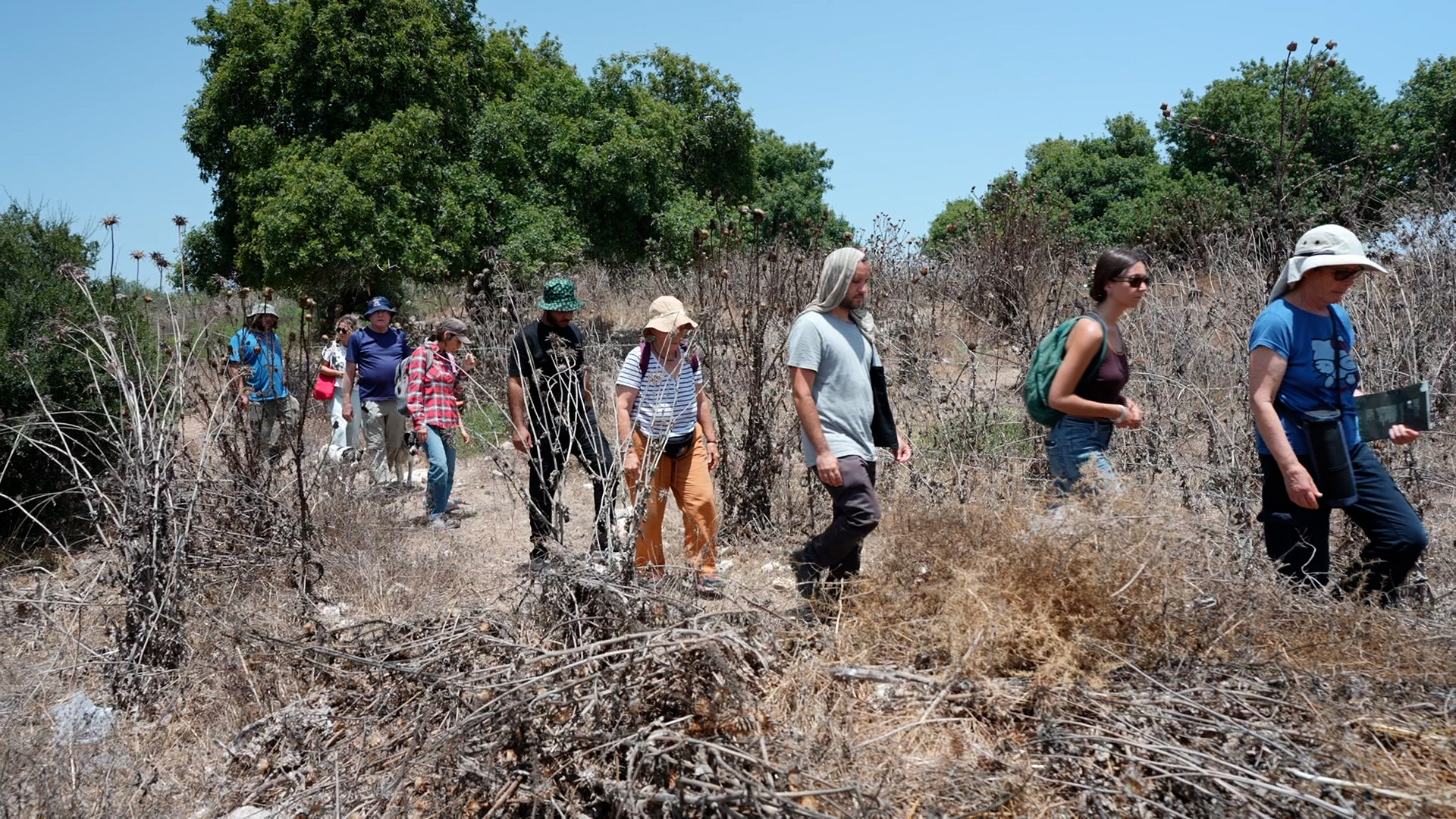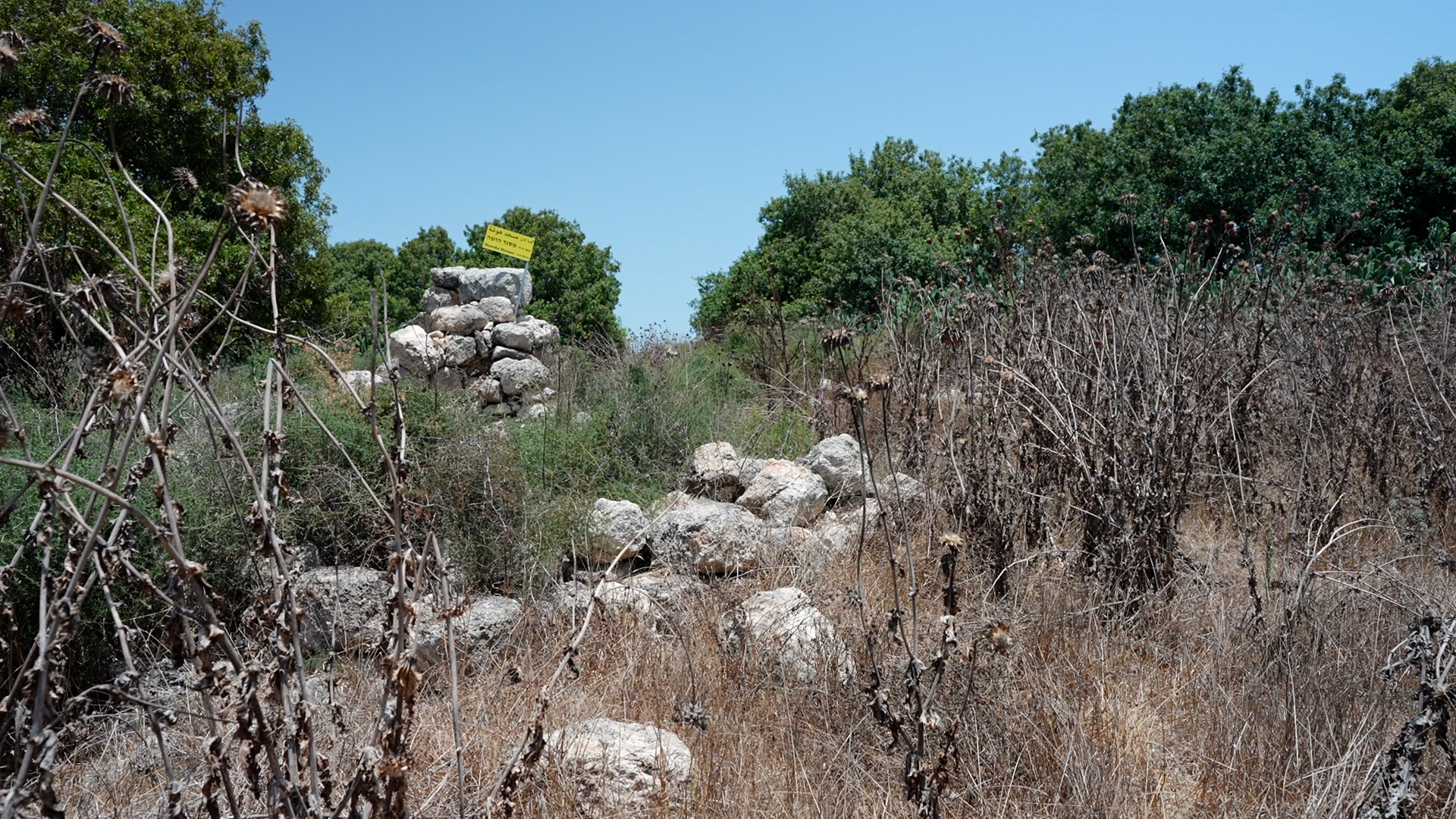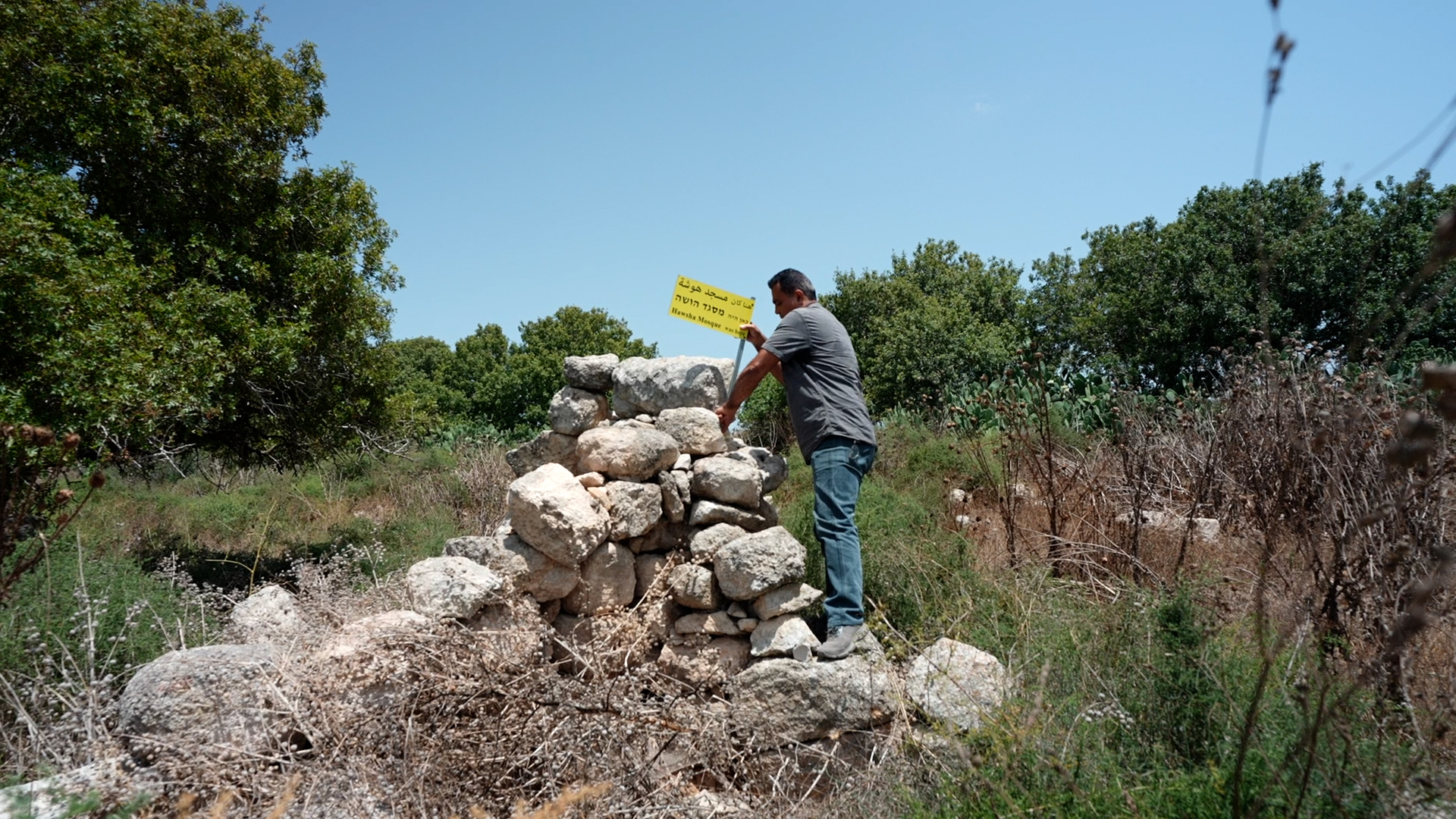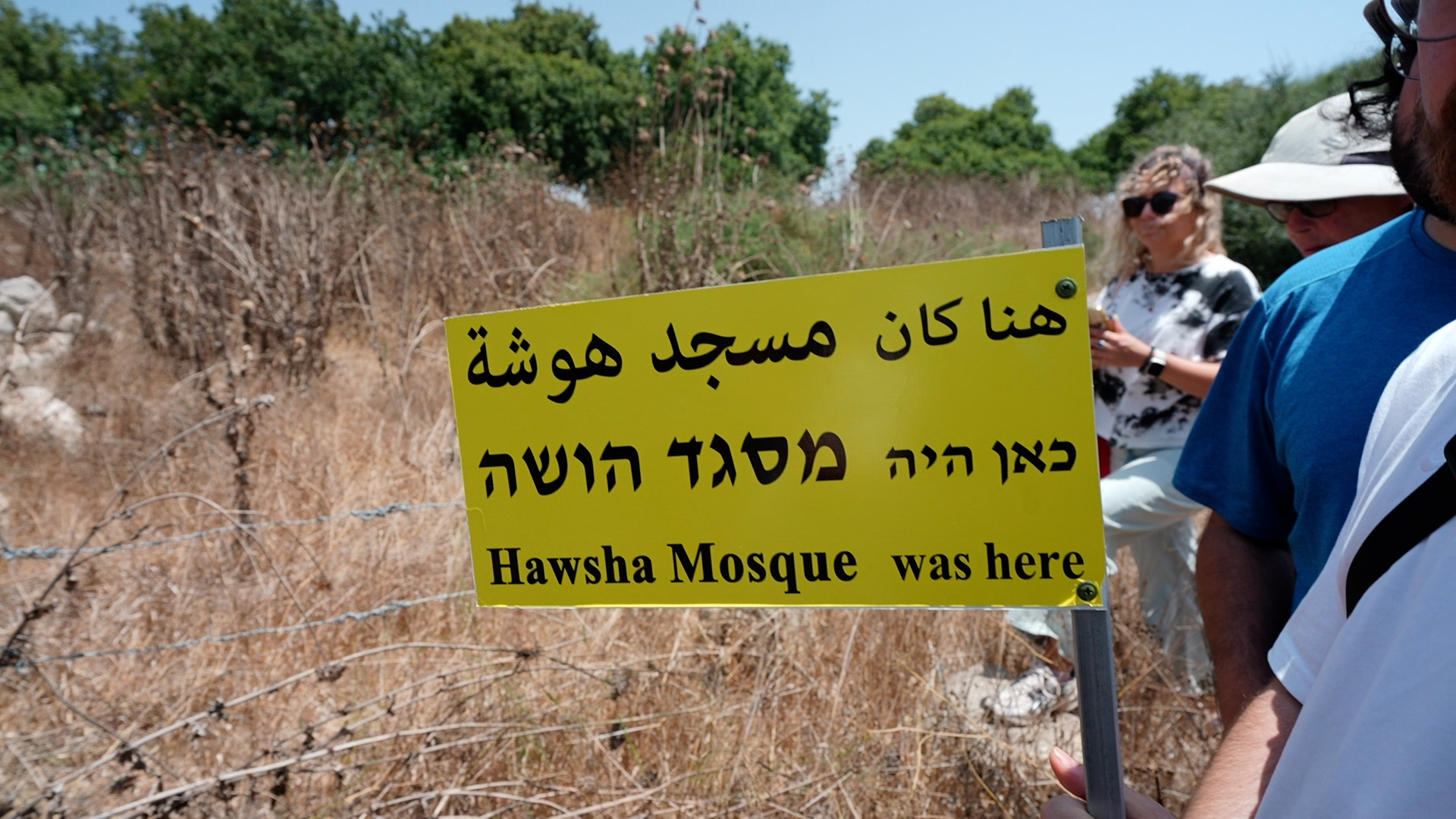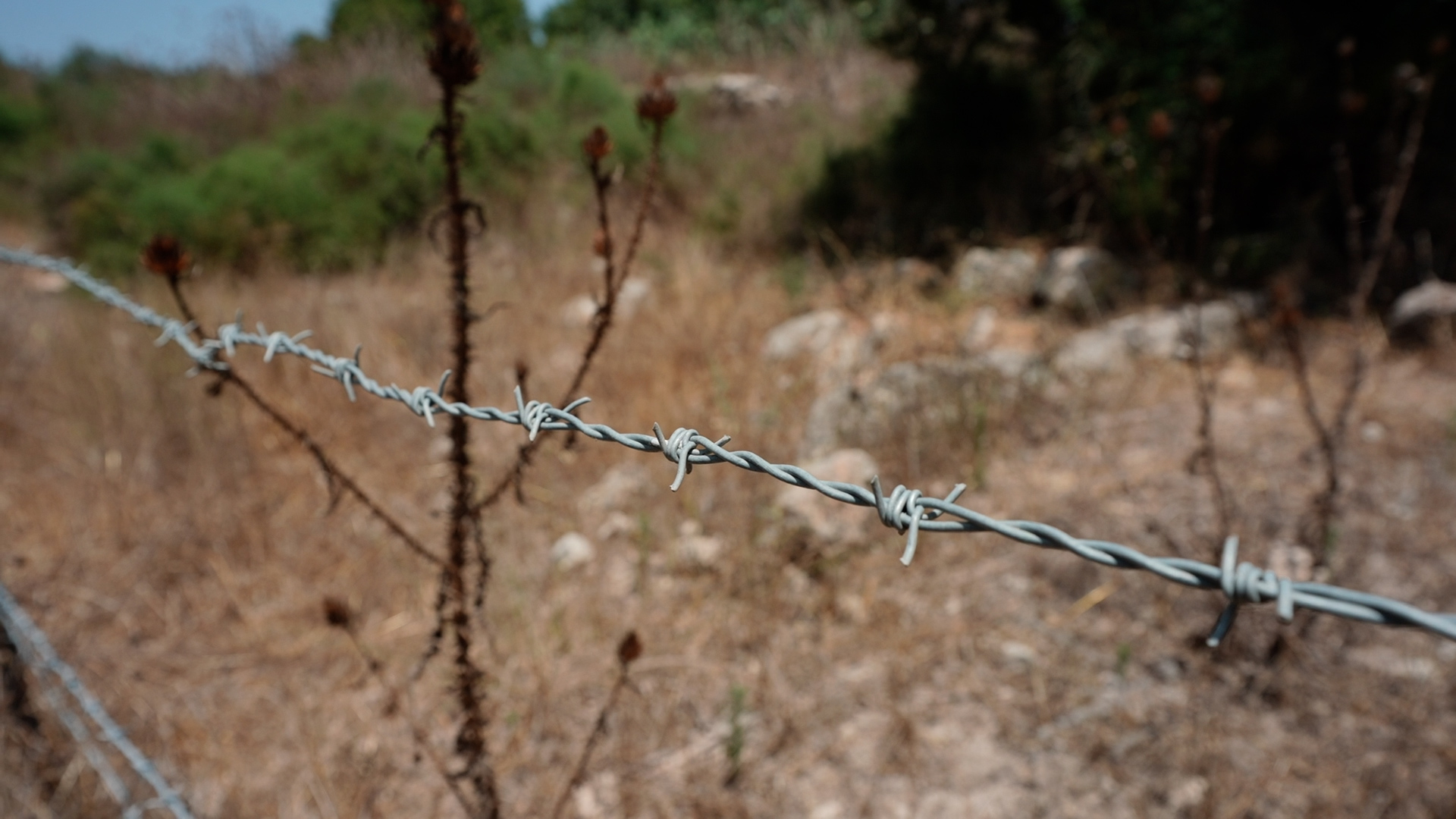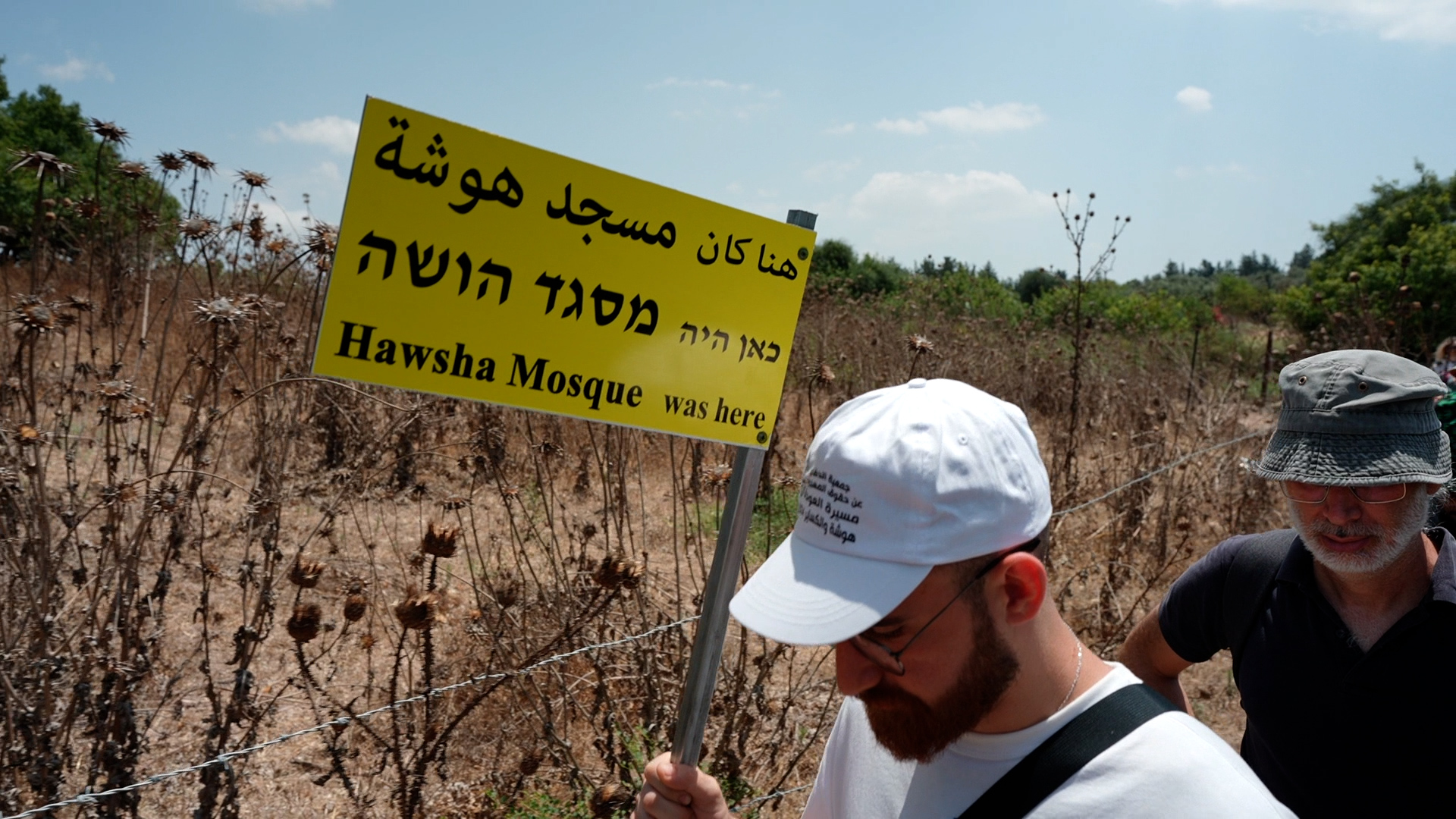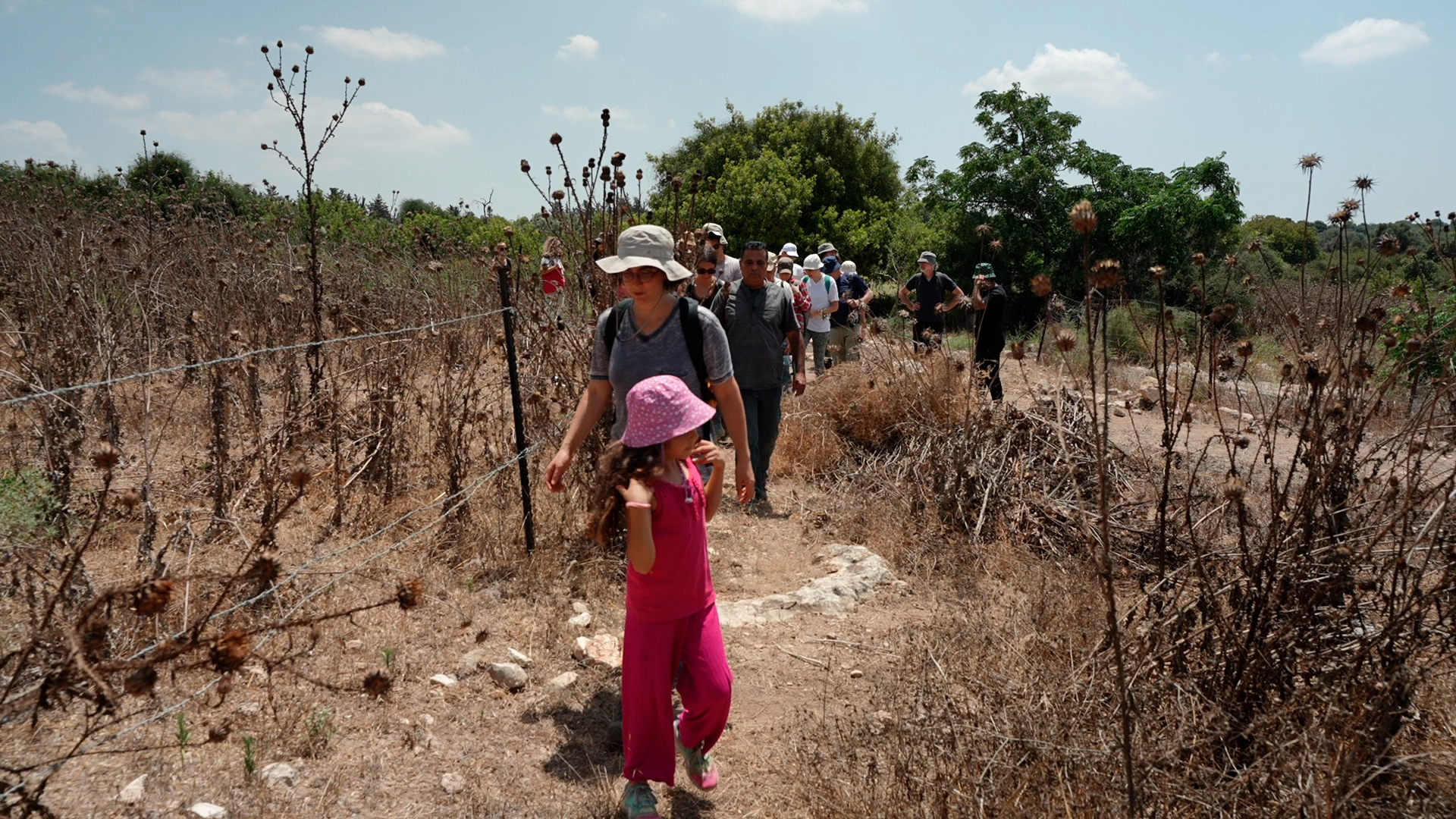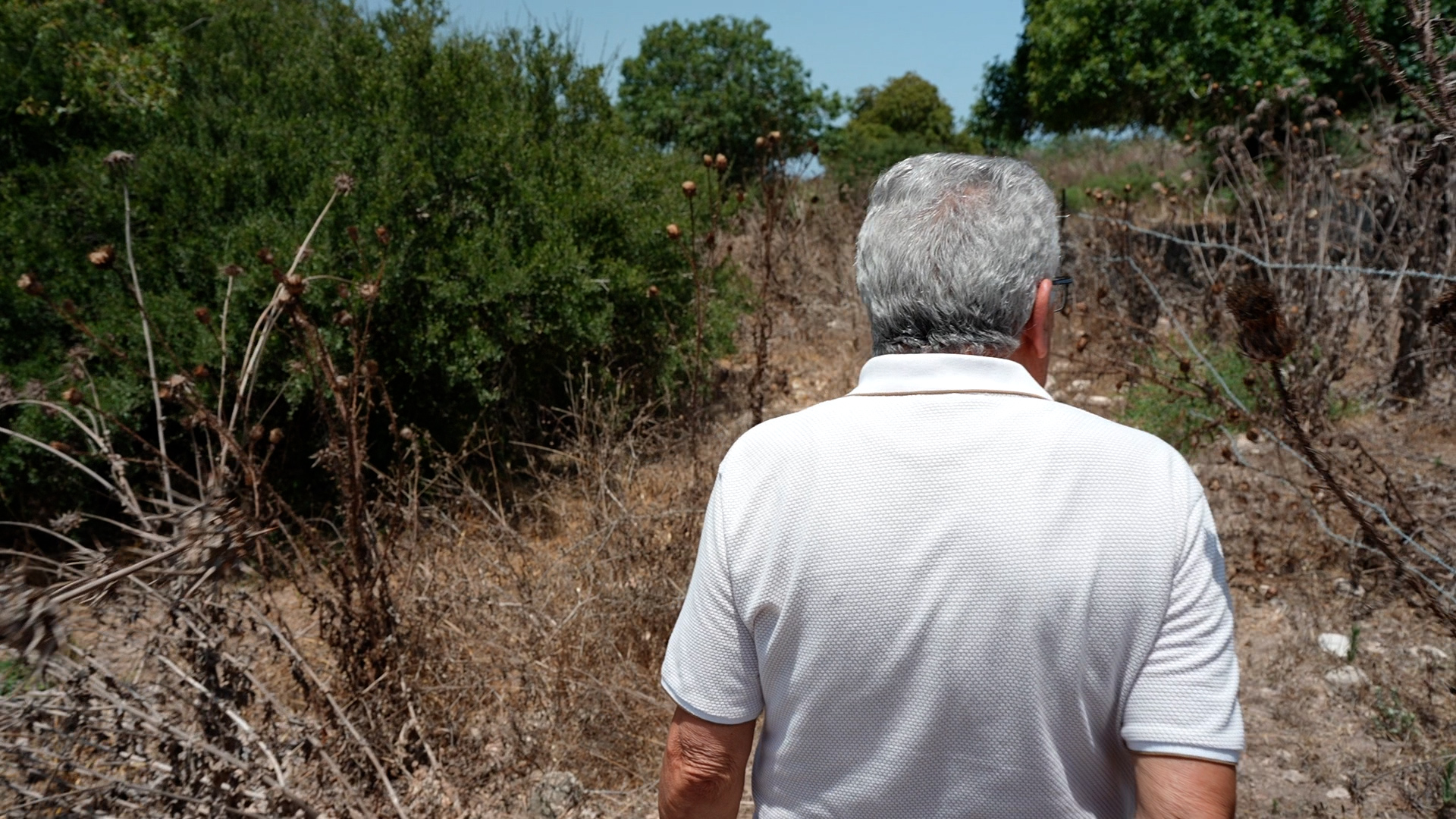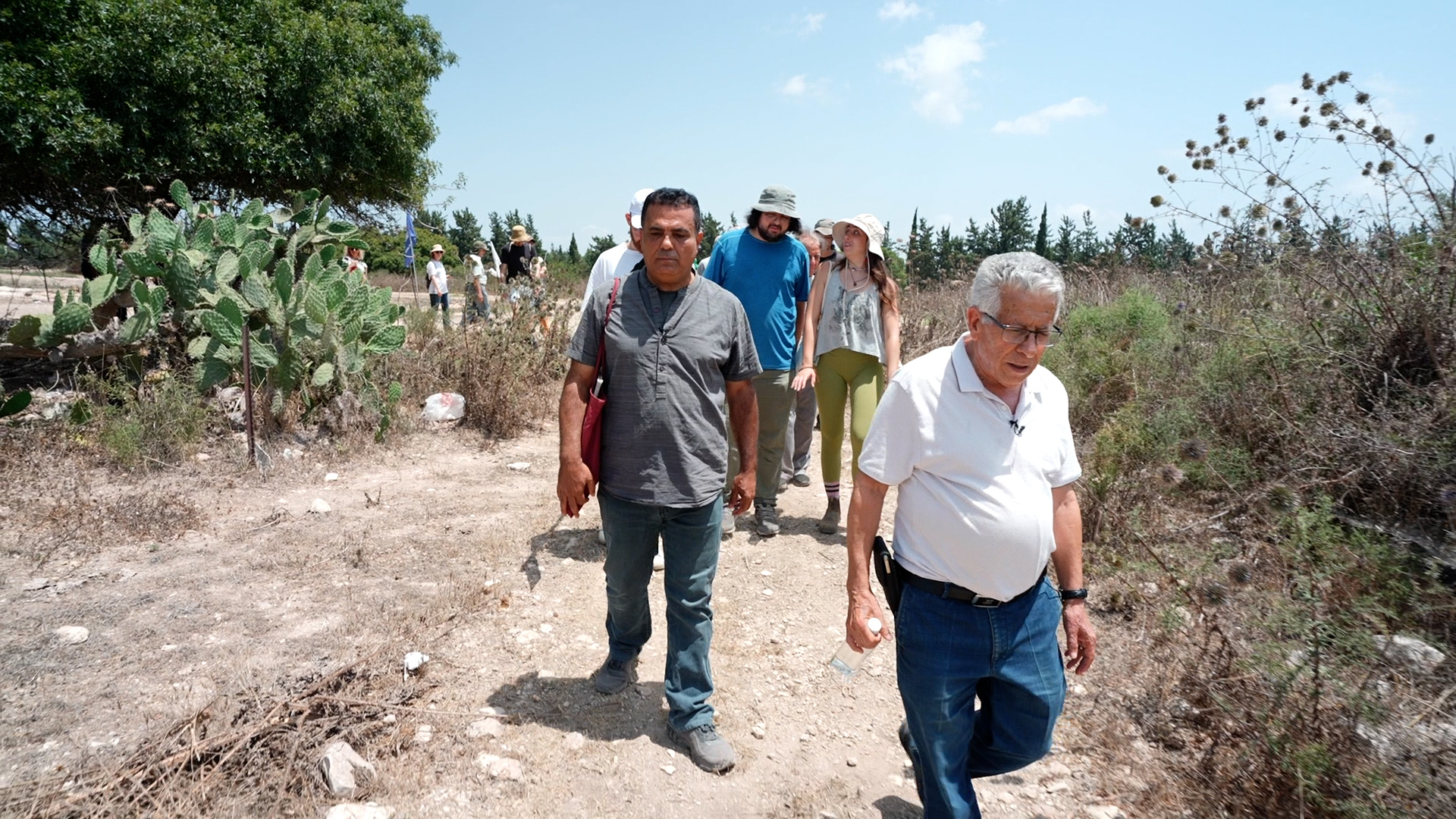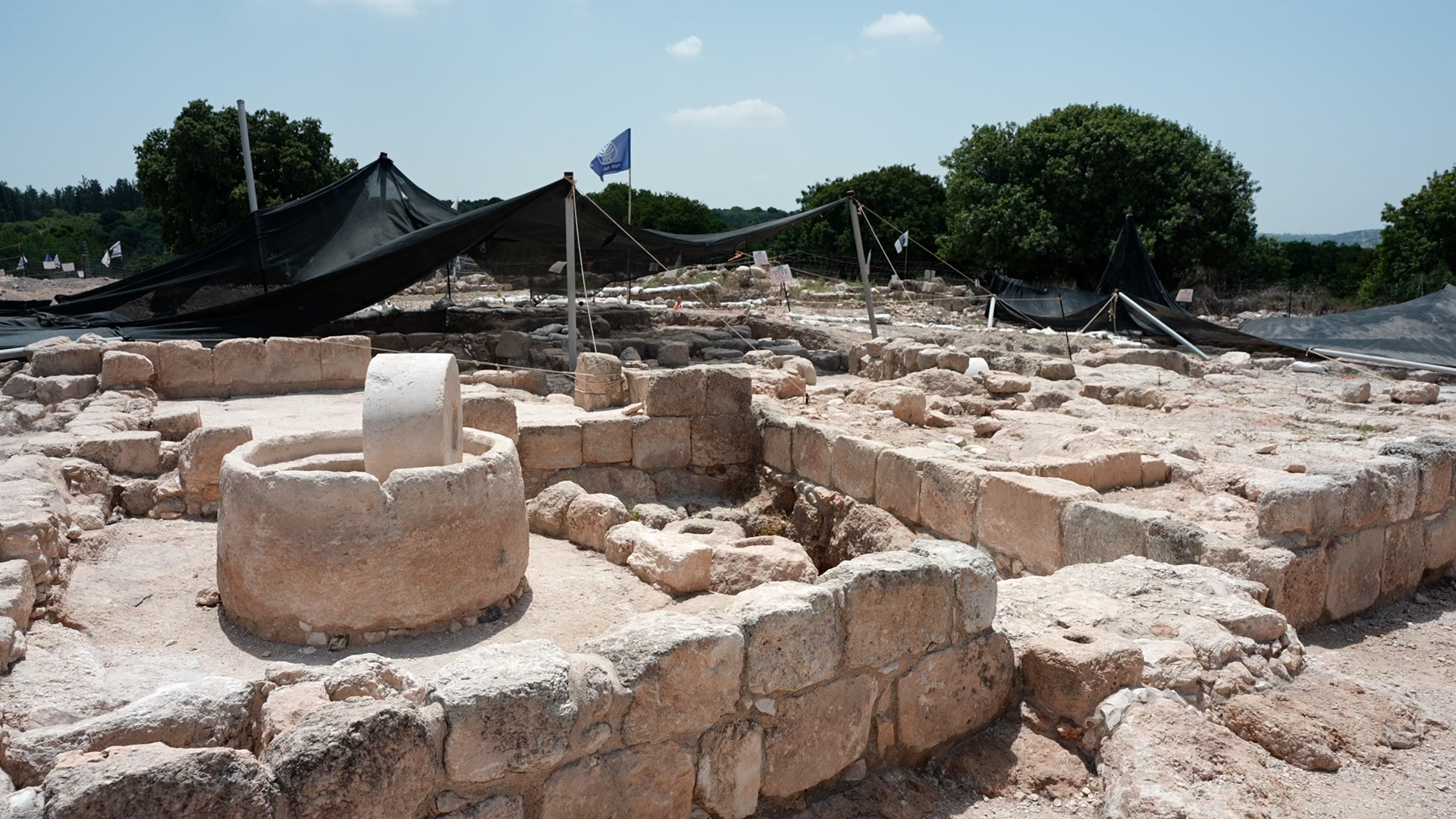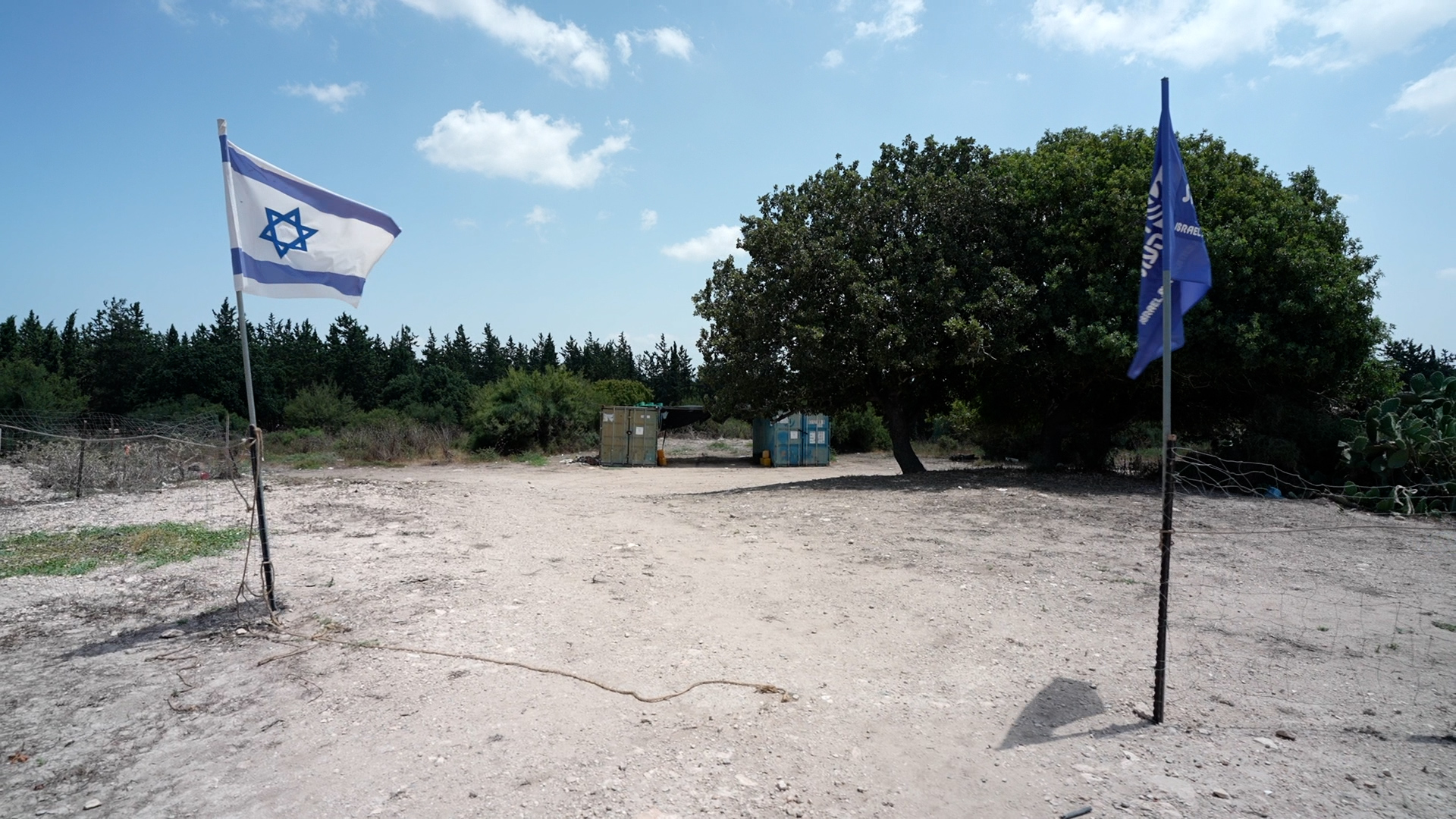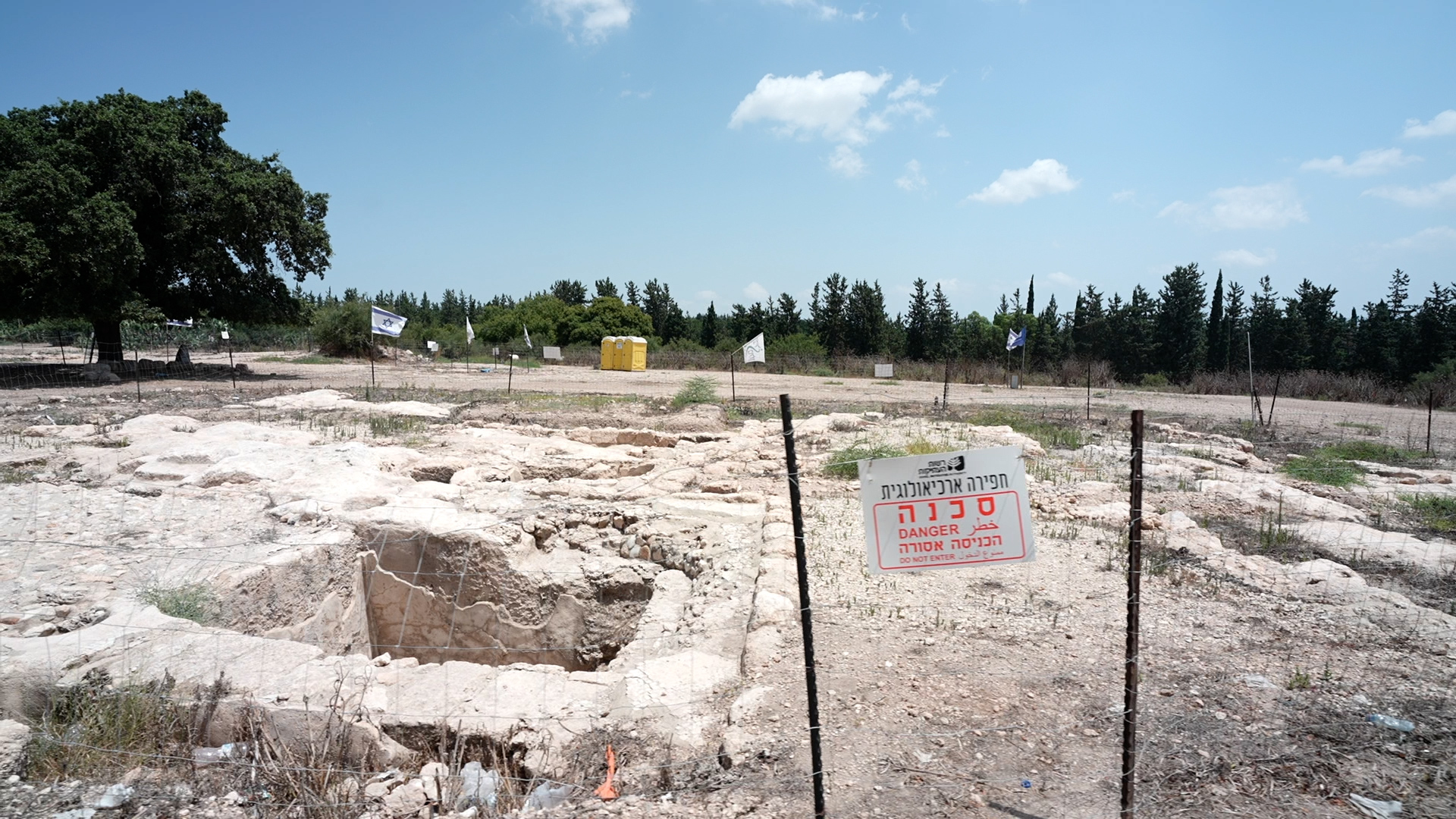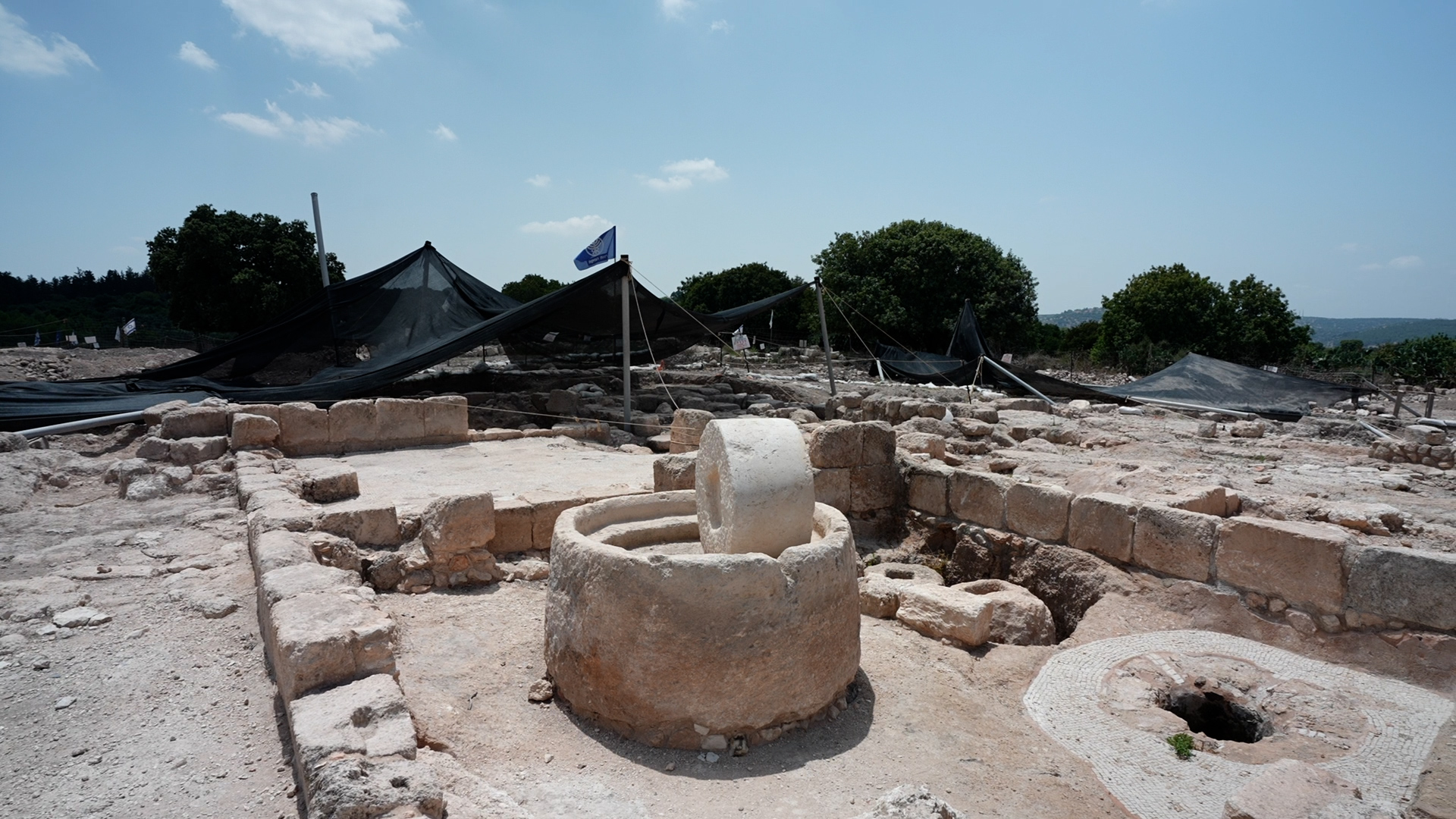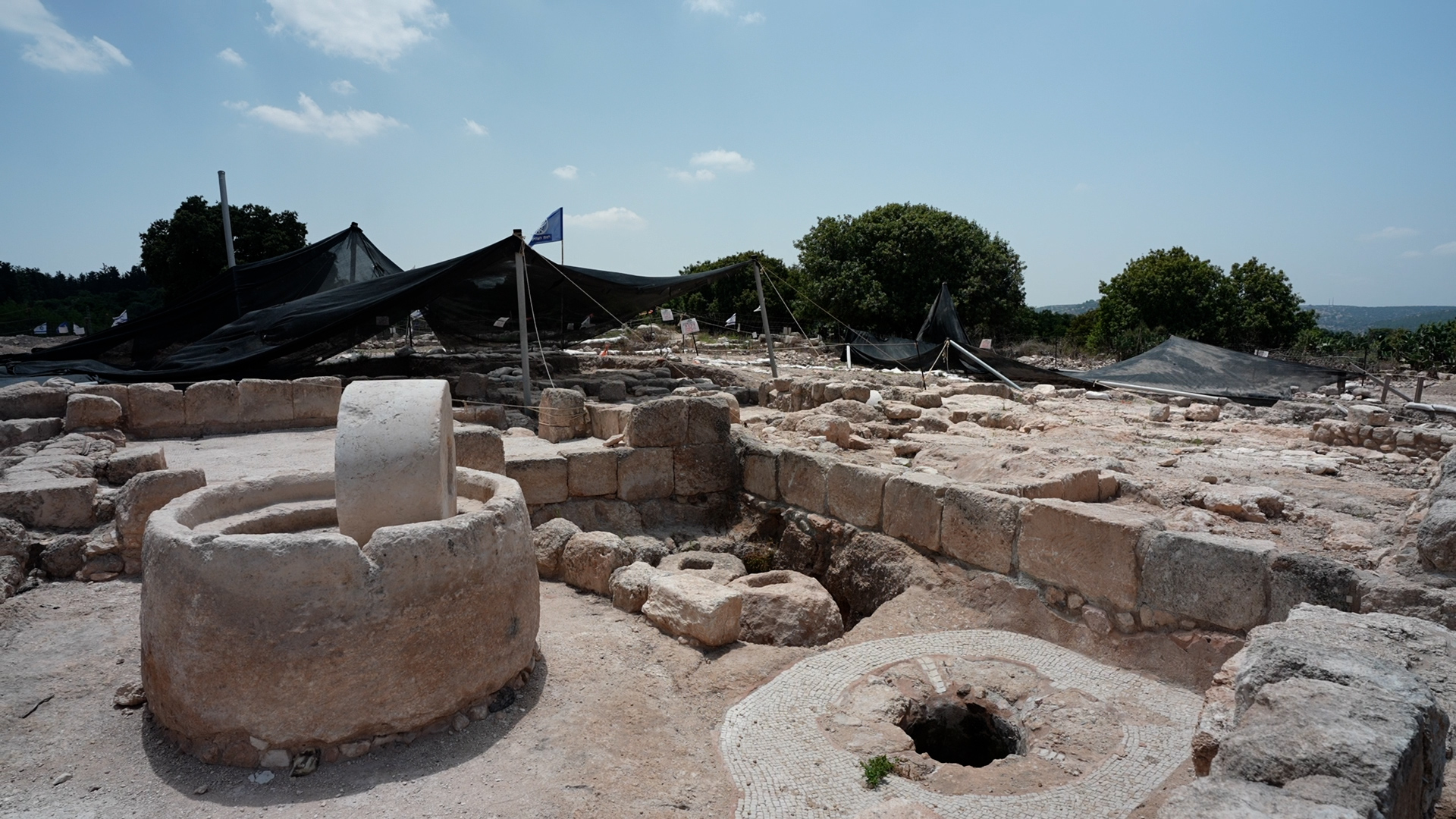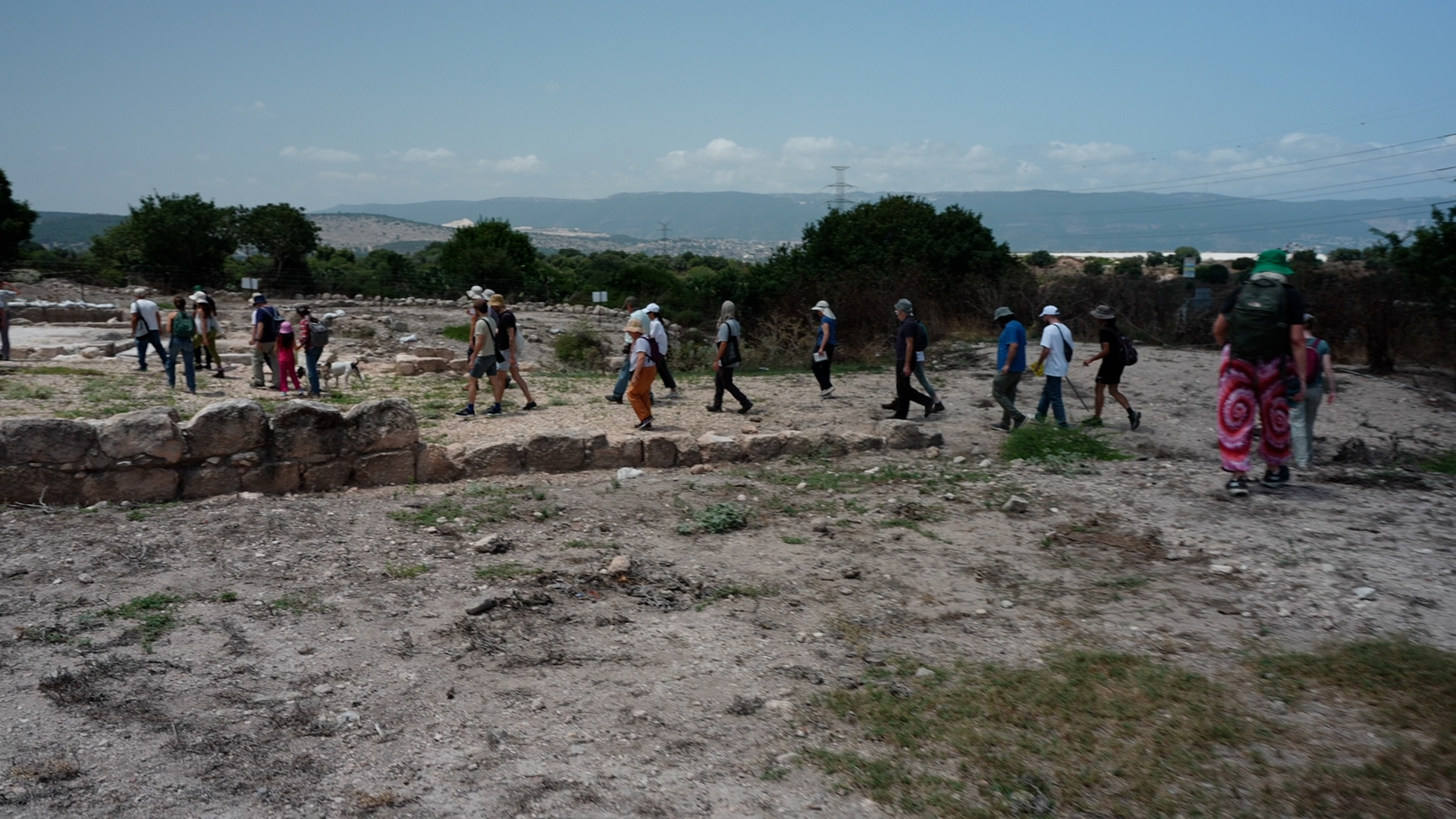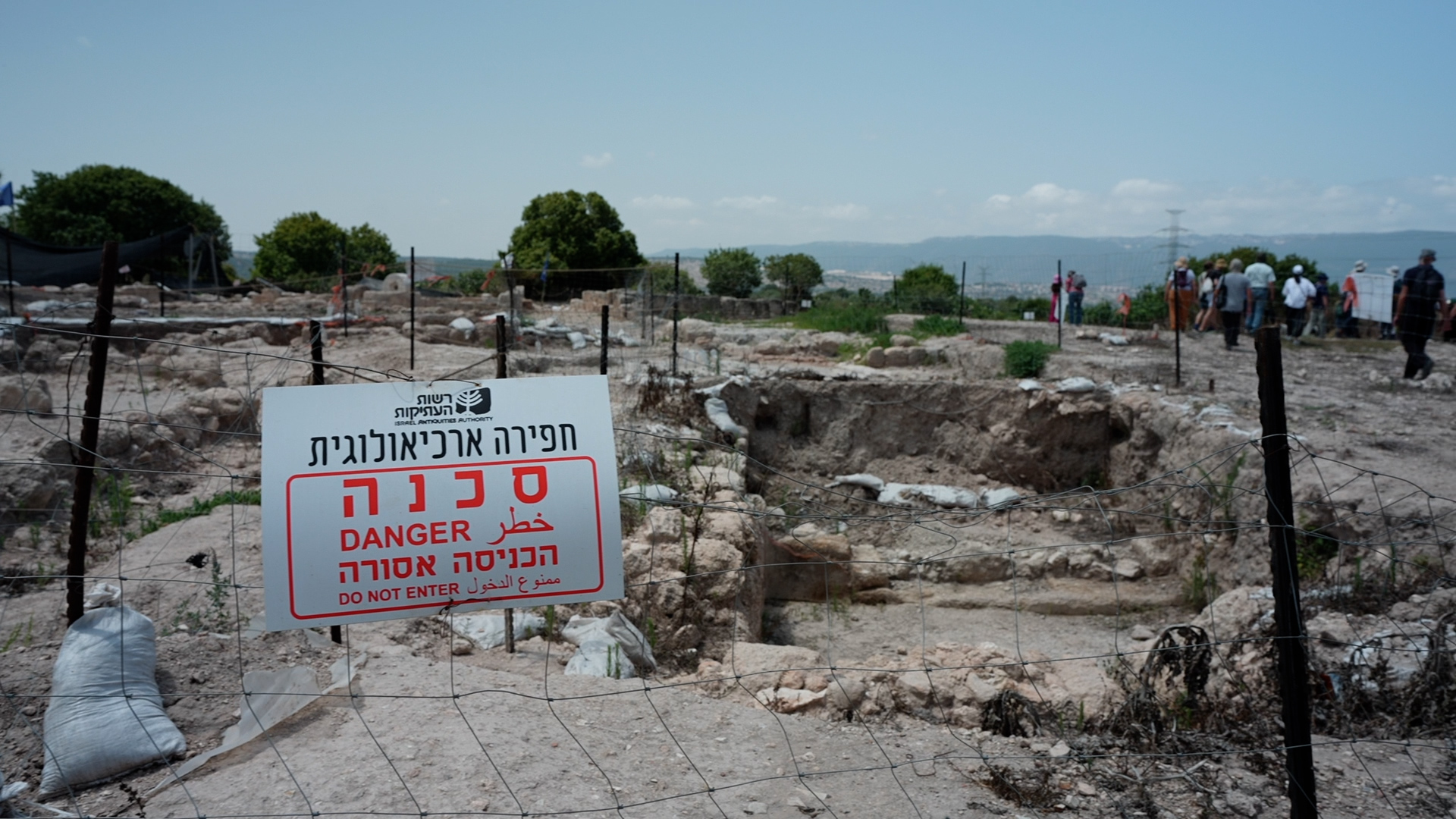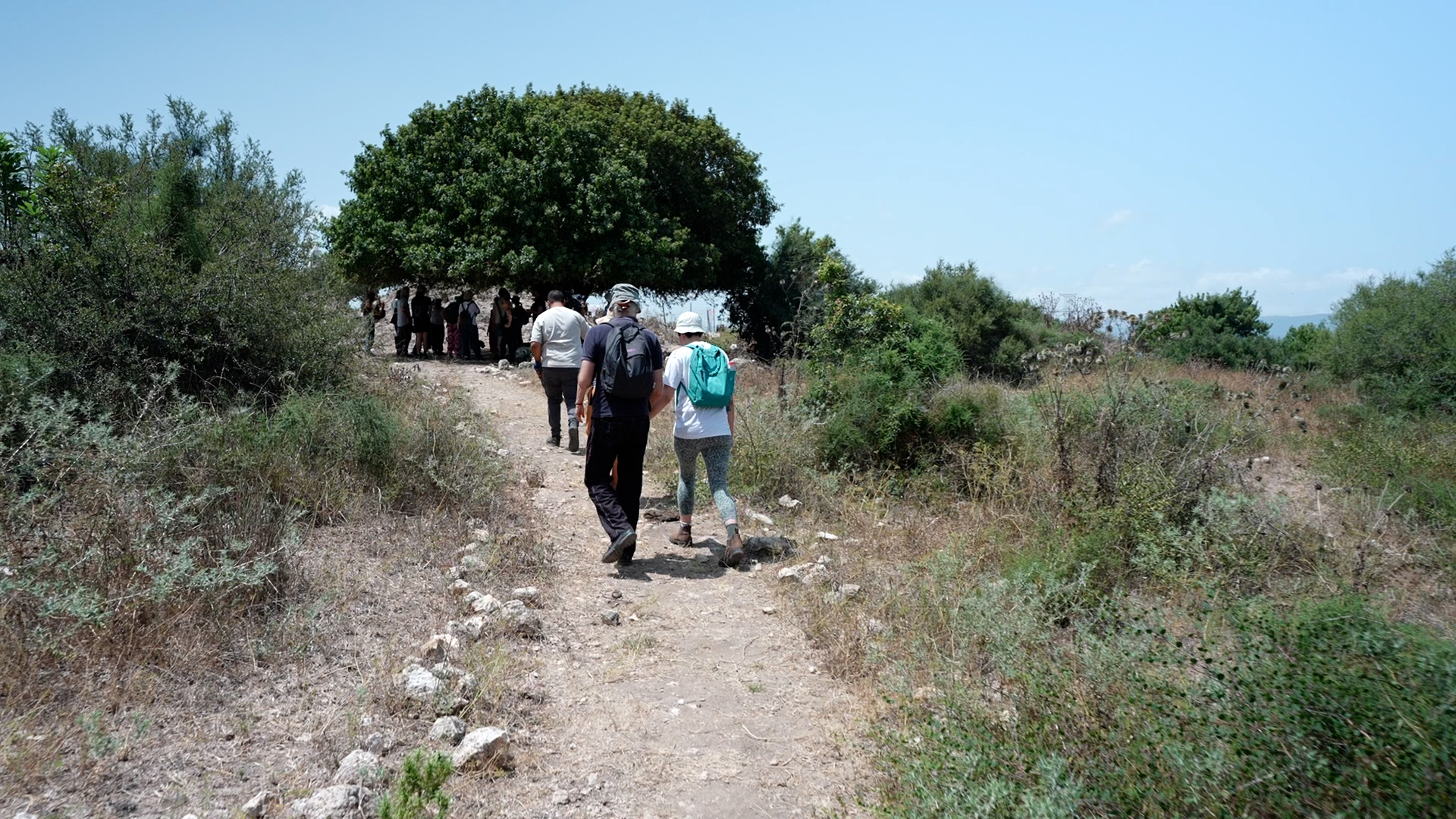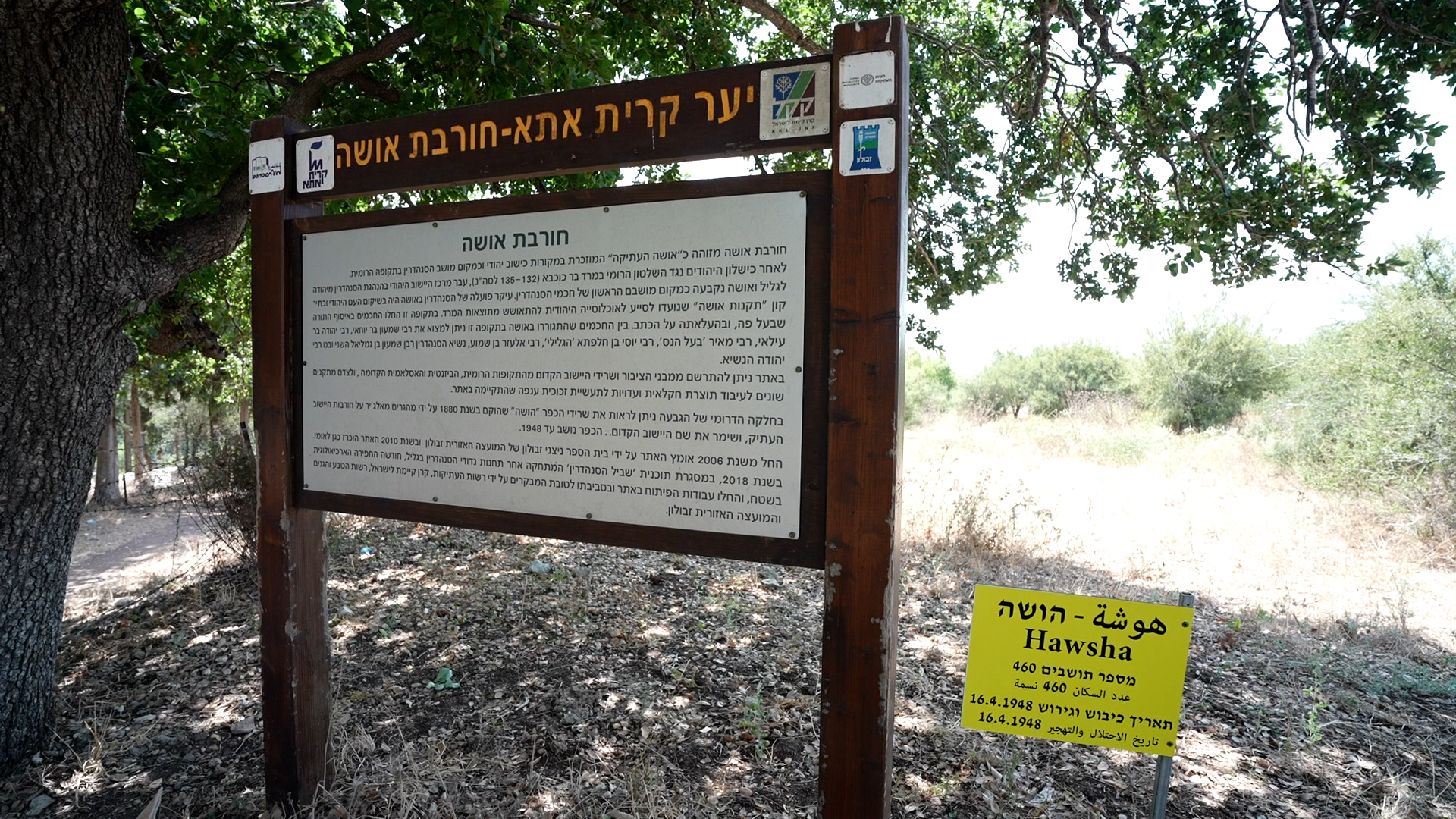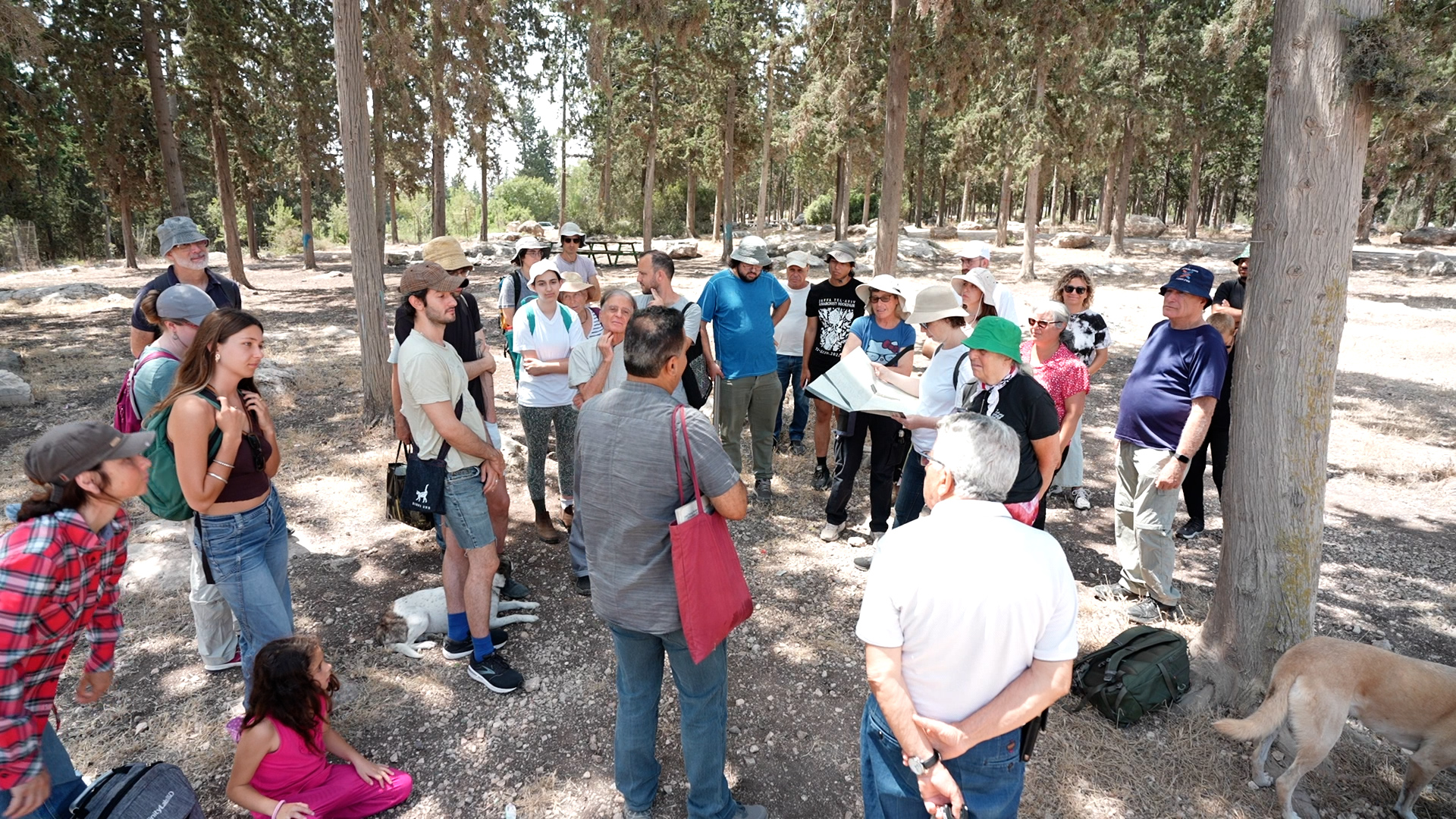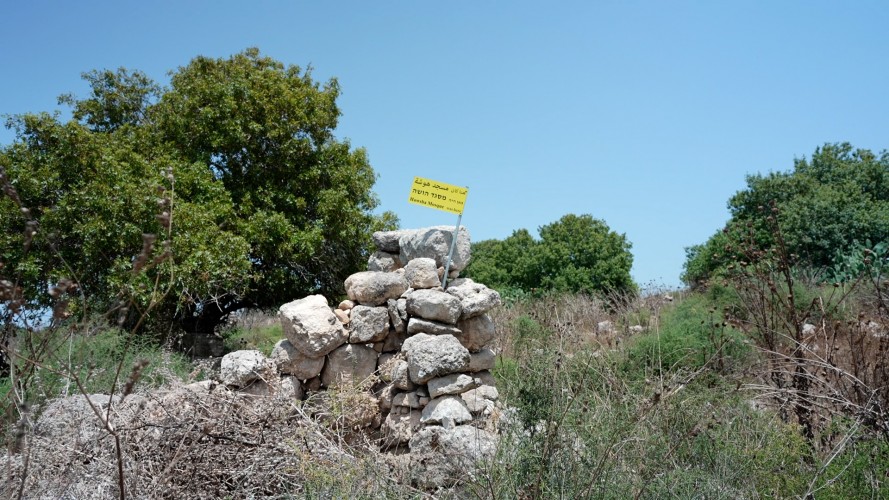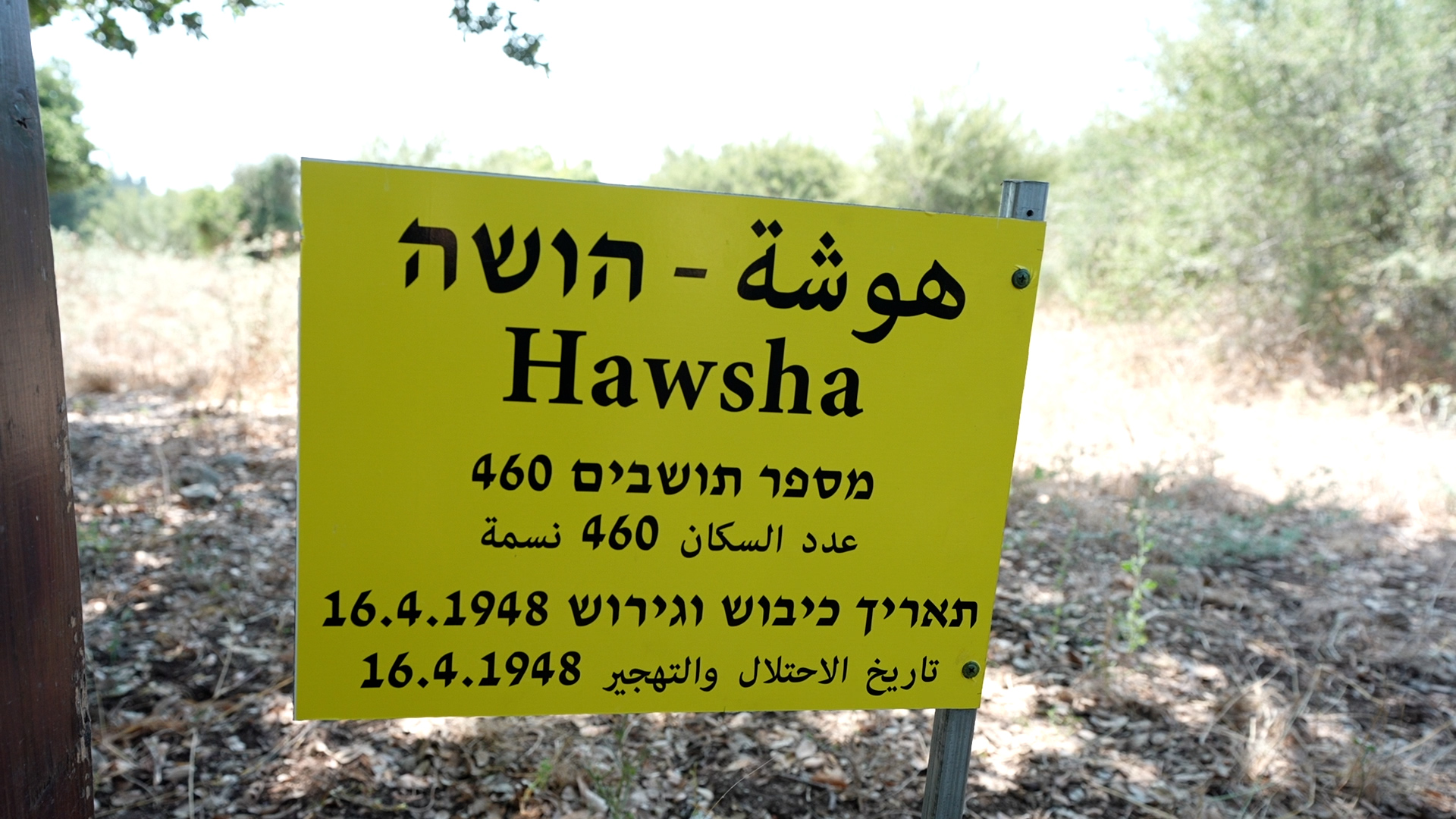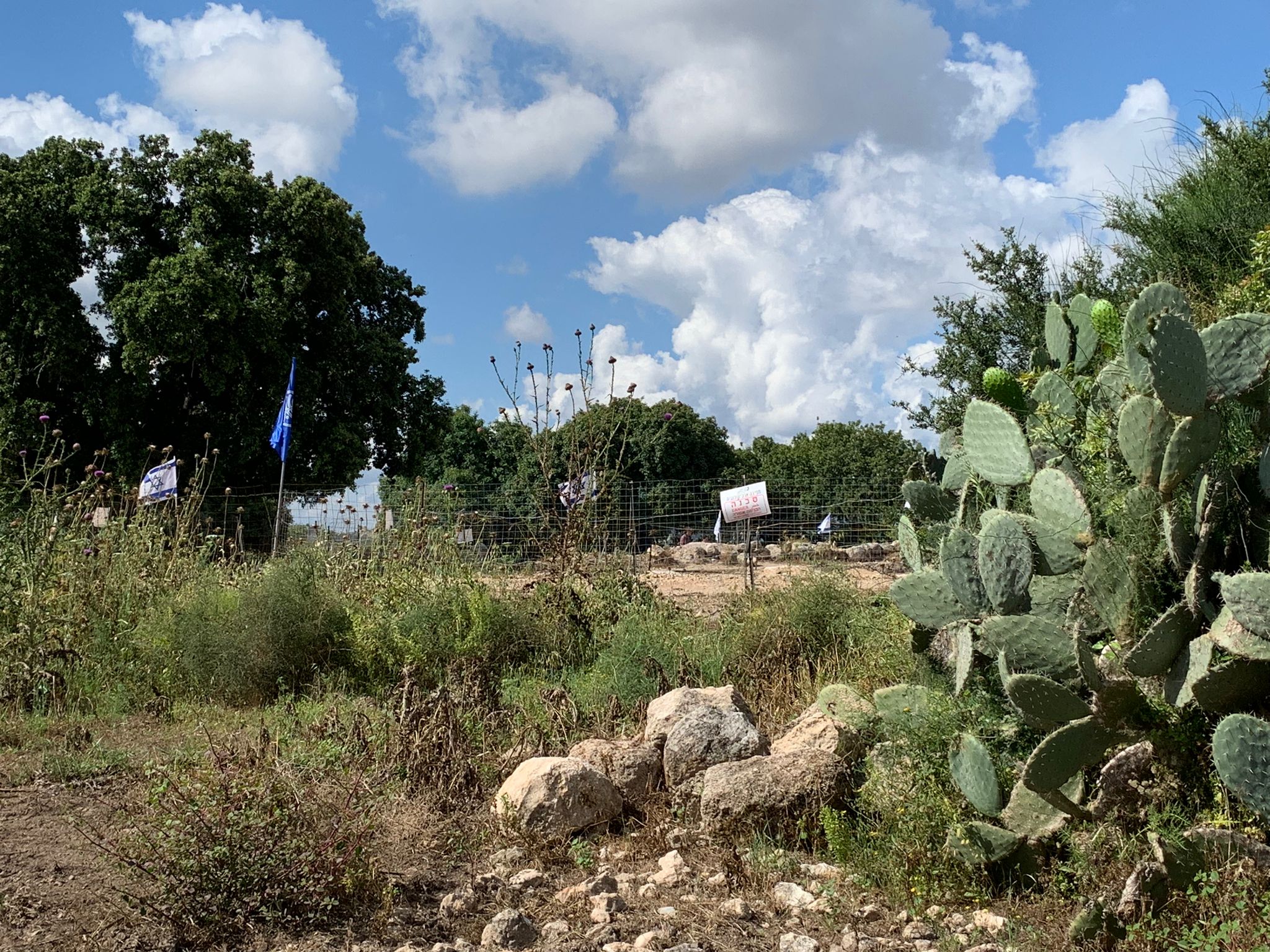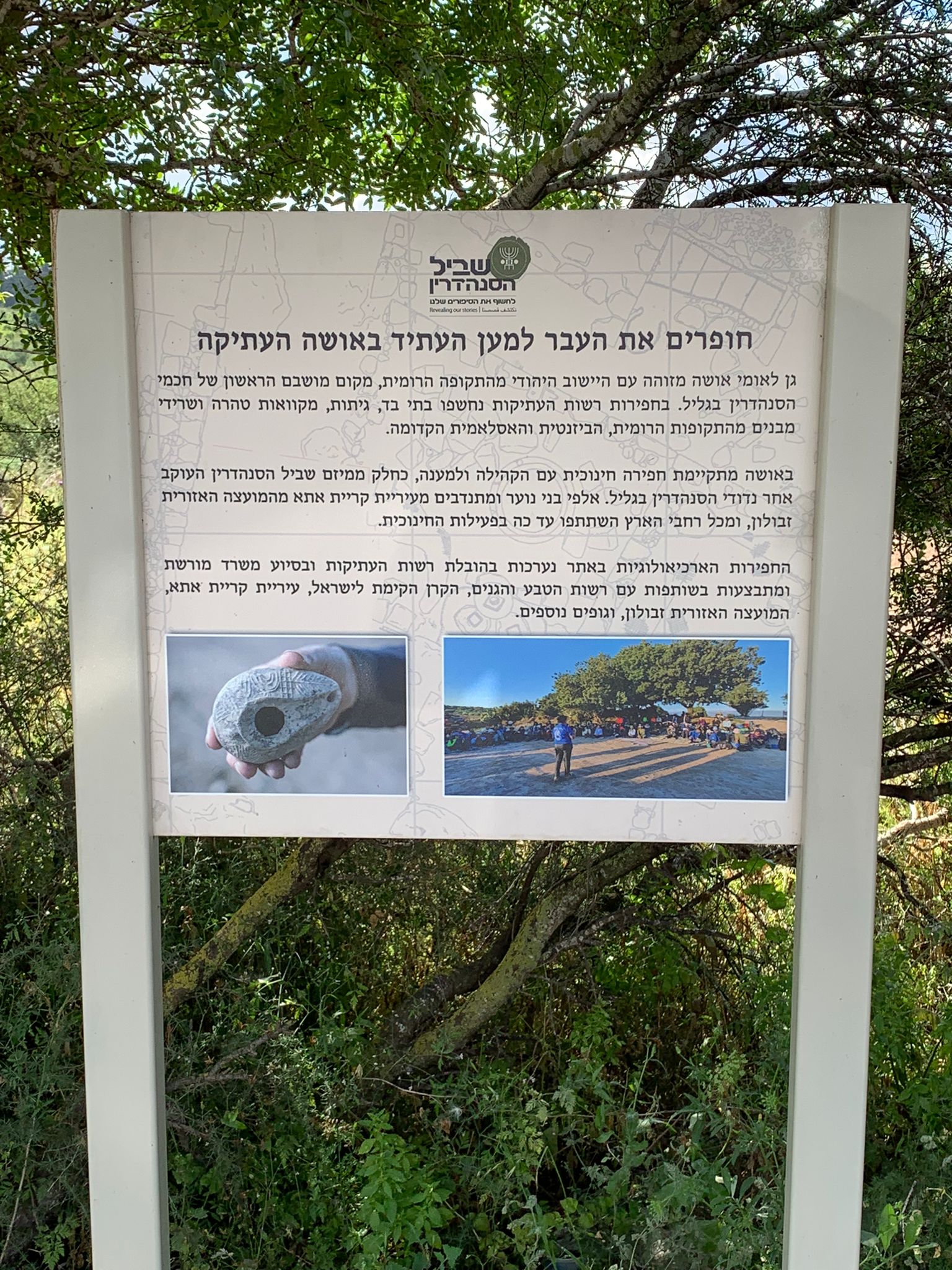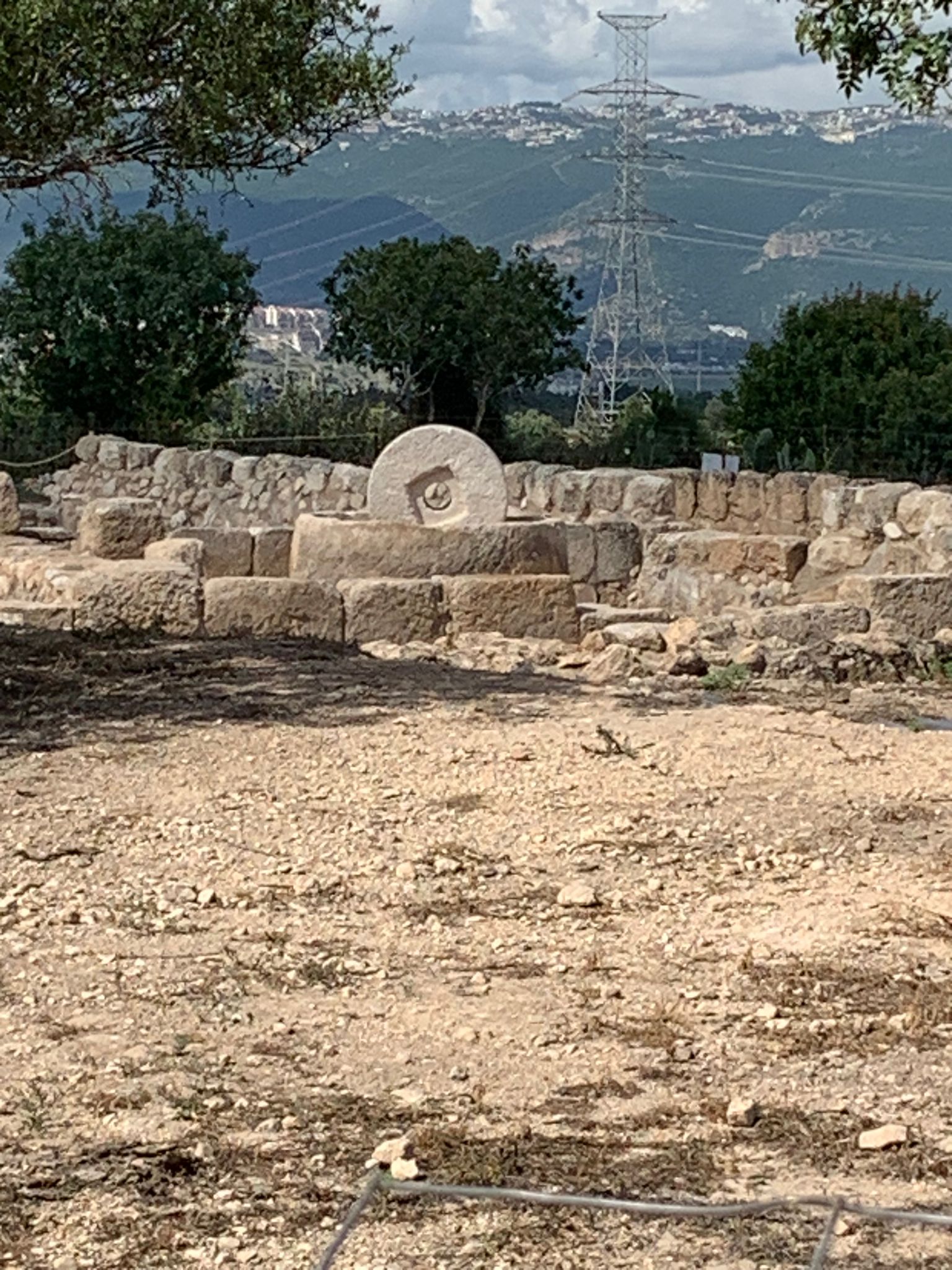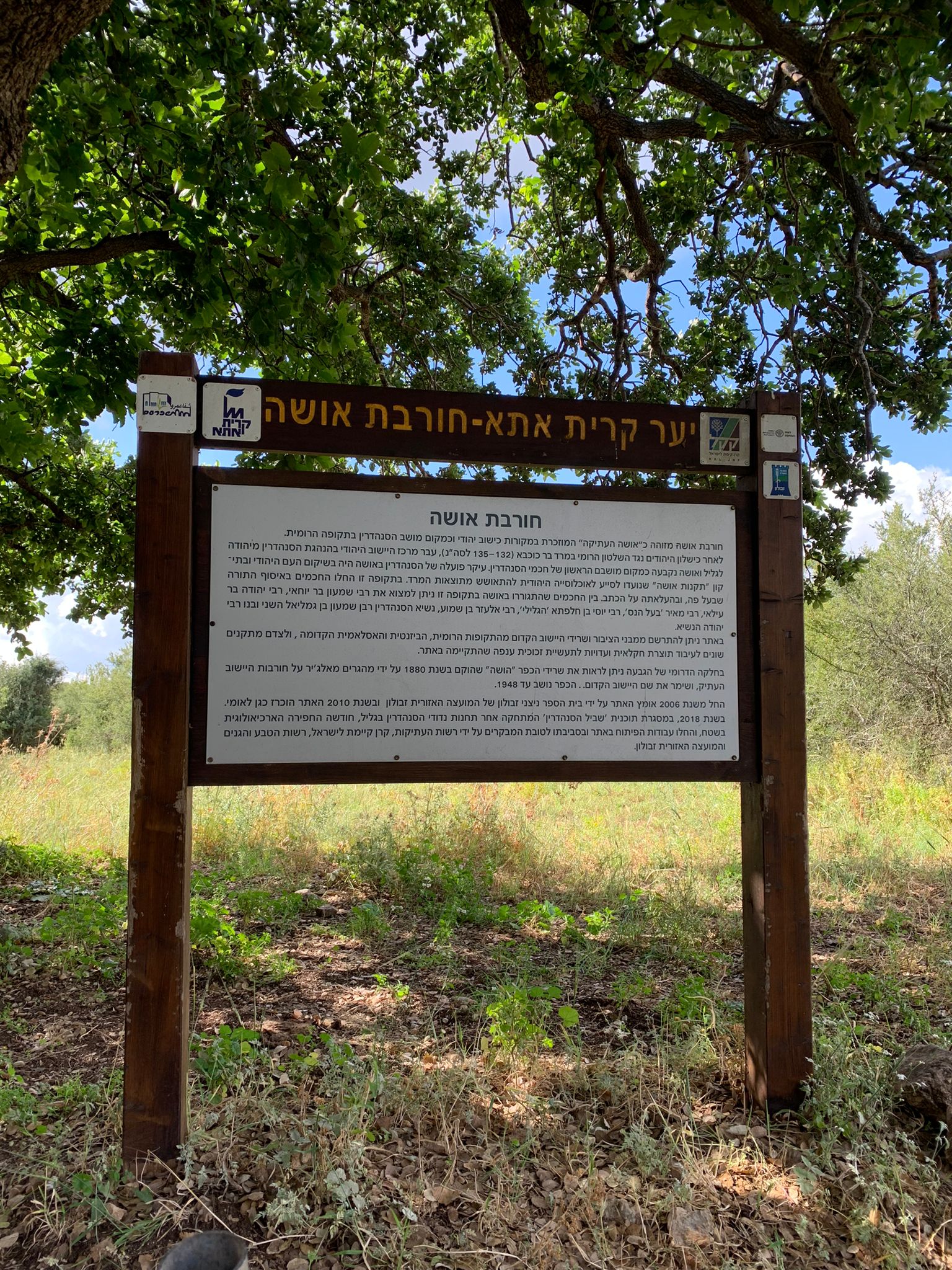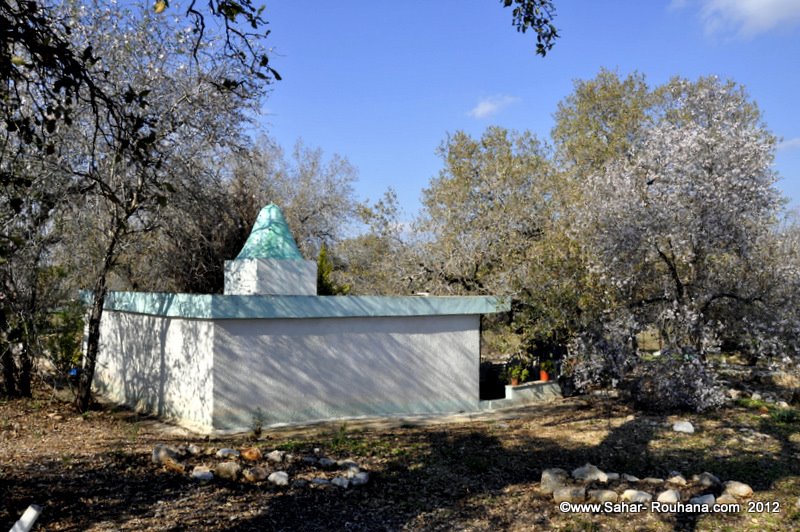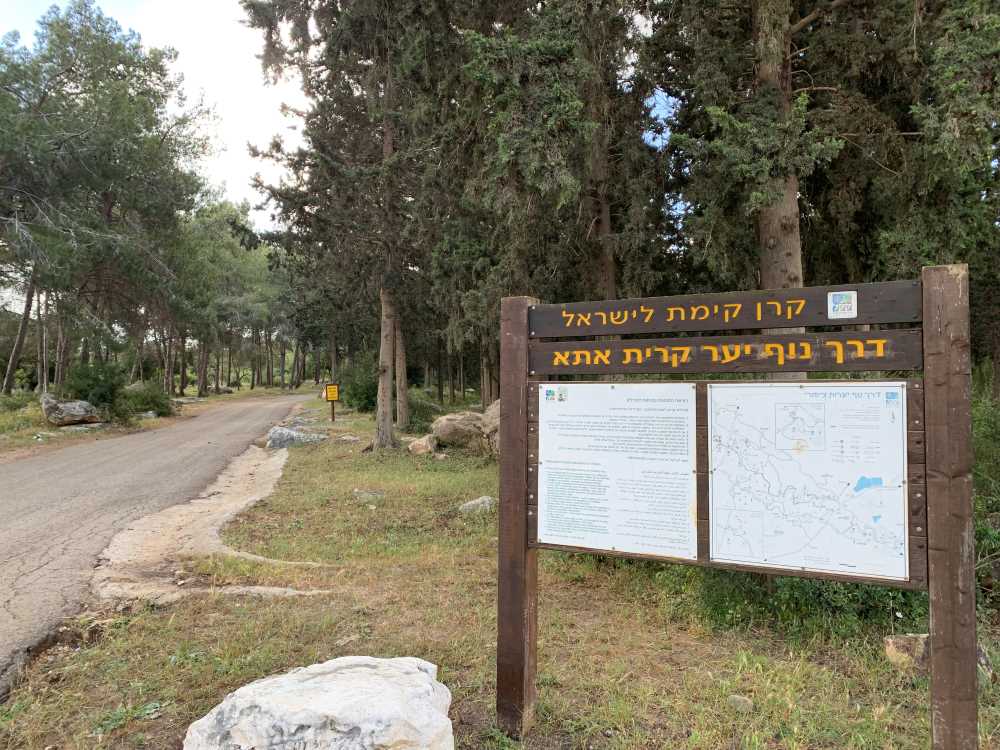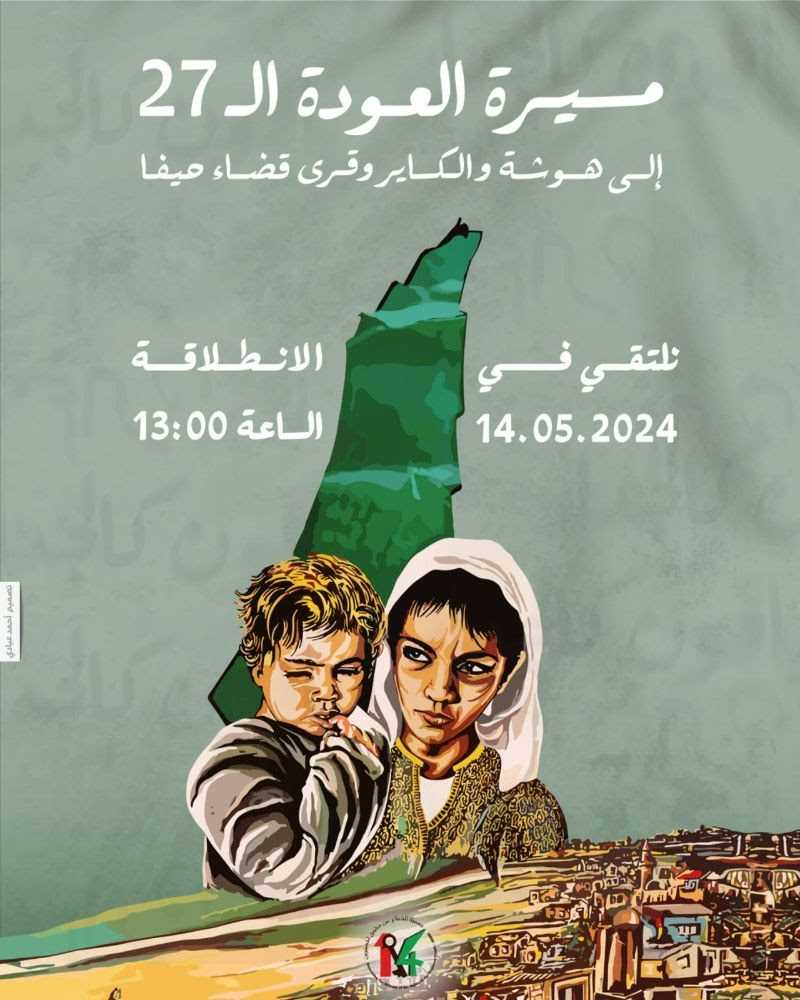Info
District: Haifa
Population 1948: 460
Occupation date: 16/04/1948
Occupying unit: Carmeli brigade
Jewish settlements on village/town land before 1948: None
Jewish settlements on village/town land after 1948: None
Background:
Hawsha Before 1948
At 13 km distance from Haifa, the village was situated in the low-lying hills that separated the Plain of Haifa from Marj ibn 'Amir. At its west, a wide wadi formed the boundary between Hawsha and the village of Khirbat al-Kasayir. In order to legitimize its destruction, Hawsha has been tentatively identified with the biblical town of Hosha, a border settlement of the Israeli tribe of Asher.
The houses of the village were clustered together around the cistern in the village centre, its residents were Muslims, and they shared a cemetery with the nearby Khirbat al-Kasayir. Animal husbandry and agriculture were the main economic activities, with grain as the main crop. The site contained a number of ancient ruins.
Occupation, Depopulation, and Israeli Settlements
A fierce battle between the Haganah forces and the Arab Liberation Army (ALA) centered around this village and the adjacent village of Khirbat al-Kasayir, according to the History of the Haganah. Aiming to relieve the pressure on their comrades fighting in the battle of Mishmar ha-'Emeq, an ALA battalion made up of Druze from Syria and Palestine reportedly took up positions in these villages on 12 April, and began to snipe at neighbouring Jewish settlements. Two days later, a unit of the Haganah's Carmeli Brigade attacked the two villages, engaging in hand-to-hand combat. After the Zionists lost the battle, a decision was made to occupy the two villages. Brigade commander Moshe Carmel later wrote: 'Since these two villages were far from the main roads and from the British area of interest, there was reason to suppose that [the British] would not intervene against us.'
As a result, at dawn on 16 April, two companies from the Carmeli Brigade 'easily' occupied the two villages, since they only had a few guards. ALA forces immediately launched a counterattack which went on for a whole day, during which, according to the Haganah account, 'the enemy soldiers displayed extreme courage'. The ALA Druze unit was on the verge of winning the battle, when a machine gun delivered to the Zionist forces swung the balance in their favour. According to New York Times, 'many arabs were killed' in the fighting. By nightfall, the Carmeli Brigade had captured both villages and spent the night fortifying their positions there, but the ALA attack was not resumed. The Haganah claimed to the Times that it had killed '130 Druze tribesmen' when seizing Hawsha.
The History of the Haganah states that the outcome of the battle over this village strengthened the position of the members of the local Druze community who called for non-intervention in the war with the Zionists, and 'cleared the way after some time for the participation of Druze fighters in the ranks of the Israel Defense Forces'. There are no details on when was the village depopulated, but it most probably happened at the beginning of the battle, as the village was largely empty on 16 April.
The settlement of Usha was built in 1937, about 2 km west of the village site, while the village lands had been added to those of the town of Shafa 'Amr. The settlement of Ramat Yochanan is also nearby.
The Village Today
Although no intact houses remain in the village of Hawsha, parts of the walls of about twenty houses are still standing, with the outlines of windows and doorways in the masonry still visible. The site is overgrown with cactuses and fig trees, with a sole palm tree still standing. The cemetery lies south of the site and continues to serve as a burial ground for nearby Bedouins. A maqam (shrine) also lies close by. A cypress grove can be found north of the site, and an avocado orchard at its south.
------------------------------------
Source: al-Khalidi, Walid (ed.). All that remains: the Palestinian villages occupied and depopulated by Israel in 1948. Washington DC: 1992.
Videos
A learning Tour on Nakba and Return throught the destroyed Palestinian villlage of Hawsha (Hosheh) near Haifa. (Hebrew)


